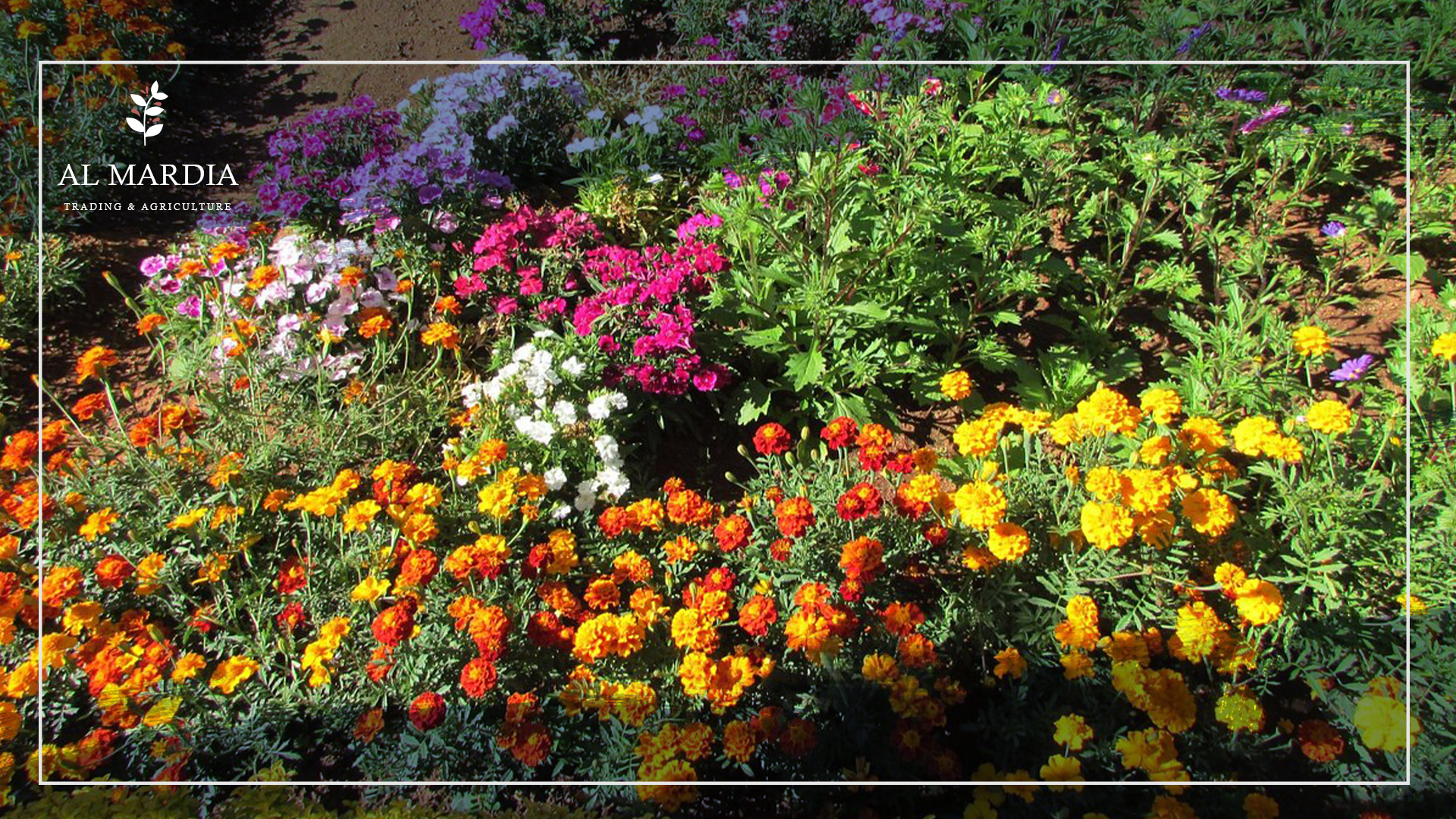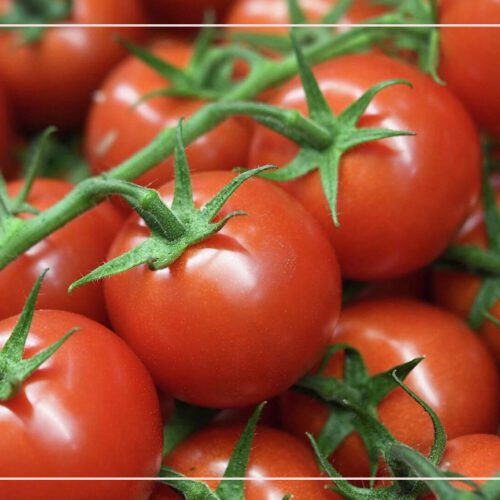

Tips for Creating a Beautiful Flower Garden
A flower garden is a beautiful way to add color, texture, and life to your home. Whether you’re a beginner or an experienced gardener, creating the perfect flower garden can be both challenging and rewarding. With the right planning and design, you can create a stunning display of flowers. Furthermore, you will bring beauty to your home for years to come.
In this article, we’ll take a look at the different types of flower gardens. We will also discuss how to get started with designing your own. We’ll also explore some tips for choosing the right flowers for your garden and how to ensure that it looks its best all year round.
Choosing Flowers
When it comes to designing a flower garden, there are so many species and varieties of plants available, making it difficult to know which ones to choose. However, with careful consideration of factors such as climate, soil type, purpose, and color scheme – as well as personal preference – you can design the perfect flower garden that is both beautiful and functional. Are you hoping to draw in hummingbirds, butterflies, or songbirds? Or perhaps intending to simply create something breathtaking for your own pleasure?
When selecting a location for your plant, you must consider elements like sun exposure and soil drainage. Does the area get full sun? Will the roots be submerged in clay-like soil or will they have enough room to spread out in a loamy environment?
When you know your preferences and have the necessary resources, taking care of your own garden can be a fun learning experience. The joy of planting and tending to flowers in your backyard is something no one should miss out on:
-
Perennials
Perennial plants are a great choice because they can keep coming back year after year and grow bigger and better until they reach their full potential. However, some of these plants can lose their vitality after 3-4 years and may require replacement at that point.
Perennial flowers are highly beneficial due to the fact that you don’t need to replant them annually. Additionally, perennials can be easily split and planted in different parts of your garden. They can either be grown from seed or purchased in a range of sizes as transplants.
-
Annuals
Annual plants are known for their short life cycles of one year, following which they have to be replanted. Nevertheless, many annual flowers can self-seed if allowed to go to seed – though you won’t get to control where exactly they root themselves.
In regions where frost and freeze occur, certain perennials (such as snapdragons) are treated as annual plants. Yet in places where there’s a year-round growing season, they will bloom again year after year.
For those living in areas with a short growing season, buying annual plants as starting from the nursery is the best option. Plant them directly into your garden for a blooming and beautiful outdoor space – no need to go through the tedious process of starting seeds indoors.
How to prepare the soil?
It is very essential to properly prepare the soil in advance, whether we are planting perennials or annuals. Annual flowers are less choosy when it comes to soil and other conditions since they will only last for about a year. Generally, it’s good to know that the better the conditions for plants to grow, the higher the yields will be.
First, you have to determine the place to build your flower bed. Then, start digging and remove all rocks, weeds, and roots for better results.
Adding organic fertilizers such as Add Life can improve soil fertility and increase stress tolerance without causing any harm.
Caring For Cut Flowers
Some of your freshly cut flowers can be used to create beautiful flower arrangements indoors. To make them last longer and give you maximum pleasure, there are certain practices that you should follow. These techniques for preserving cut flowers ensure that they stay fresh for an extended period of time.
Cut flowers underwater
For best results, make sure to cut the flower stems underwater. This stops air from entering and damaging the fragile cells of the plants. You can do this either in your garden or directly in a bucket or sink filled with water. After cutting them in the garden, take them inside and cut them again while they’re submerged.
Cut with an angle
Slice the stem of whatever you’re cutting on an angle with a knife. This opens up the plant’s veins and helps it absorb more water. Alternatively, you can use a pair of scissors to close the stem off by pressing inwards from the outside.
Have a suitable vase
To ensure the health of your freshly-cut flowers, make sure to place them in a sterile vase filled with warm water. Additionally, take the time to eliminate any leaves that are below the water line; they can cause bacteria to spread and contaminate the water.
Choose cool place
For the first couple of hours, ensure to place the vase in a cool location so that the flowers can recover from their shock. Afterward, display it far away from any type of draft (cool or warm) and fruit like apples as they give off ethylene gas which has an aging effect on flowers.
For maximum freshness, remember to change the water in your vase every day.
Having a beautiful garden is not just about choosing the right plants and flowers. It’s also about selecting ones that will thrive in your specific environment. When choosing the best flowers for your home garden, there are several factors to consider such as climate, soil type, sunlight exposure, and water availability. With careful planning and the selection of the right plants and flowers, you can create an outdoor oasis that will provide beauty and joy for years to come.
Related Topic
Get an Organic Green Lawn
Common Questions:
-
How do you keep a flower garden beautiful?
To ensure your flowers stay healthy and look vibrant, they need to be watered regularly. Use a fertilizer that’s suitable for the type of garden you have and make sure to remove weeds. Additionally, a layer of mulch around your plants will help keep them looking their best. They also need sufficient sunlight each day and it’s important to manage any pest or disease issues you have.
-
How do you grow flowers organically?
Organic flower gardens benefit from well-structured, healthy, and fertile soil which is integral for their growth. A great way to provide them with the necessary nourishment is to add homemade compost, low fertilizer, or leaf mold to the soil. These bulky materials slowly release nutrients, improve the condition of the soil and stimulate microorganisms.
-
How do you make a healthy flower garden?
Professional florists advise watering new flowers daily for the first few weeks so that they can firmly take root and grow healthily. As the flowers start to mature, you may only need to water them every alternate day or once a week. Additionally, it is highly advised not to wet the flower petals or leaves as this could increase the risk of mold growth.





